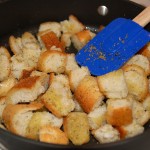Mind Games: 10 Gifts to Boost Their Brains!
We wanted to put together a list of toys that would make great additions under the tree not just because they’re fun but because kids will learn new skills from them without even knowing it. So we asked Melissa Bangash, Director of West Side Nursery School in Ridgewood, NJ. to give us her top 10 favorite “mind games” and to explain which skills they’ll use when playing.
 1. Spot It! Card Game
1. Spot It! Card Game
Why: This fast paced game will work on improving visual perception, processing, attention, and visual discrimination. Children can play with 2 to 8 players. Ages 7 and up.
 2. Squigz
2. Squigz
Why: Children can build wiggly, wobbly creations with these suction cupped building toys while focusing on visual, auditory (they make a ‘pop’ sound which kids love) and tactile stimulation. This Fat Brain Toys creation is very stimulating and popular with almost all of our students. It’s available in a 24 piece starter set or deluxe 50 piece set.
Ages 3 and up.
 3. I Spy Bingo
3. I Spy Bingo
Why: Great for working on skills like visual perception, attention, turn-taking, patience. Ages 4 and up.
 4. Marble Maze
4. Marble Maze
Why: This one is good for creative thinking. Because it’s construction toy it is also good for fine motor development and imagination! Children can create marble maze sculptures and then watch as the steel balls travel through it in any direction because each cube opens on two sides. It’s like a live demonstration of probability, physics and art all in one! Ages 6 and up.
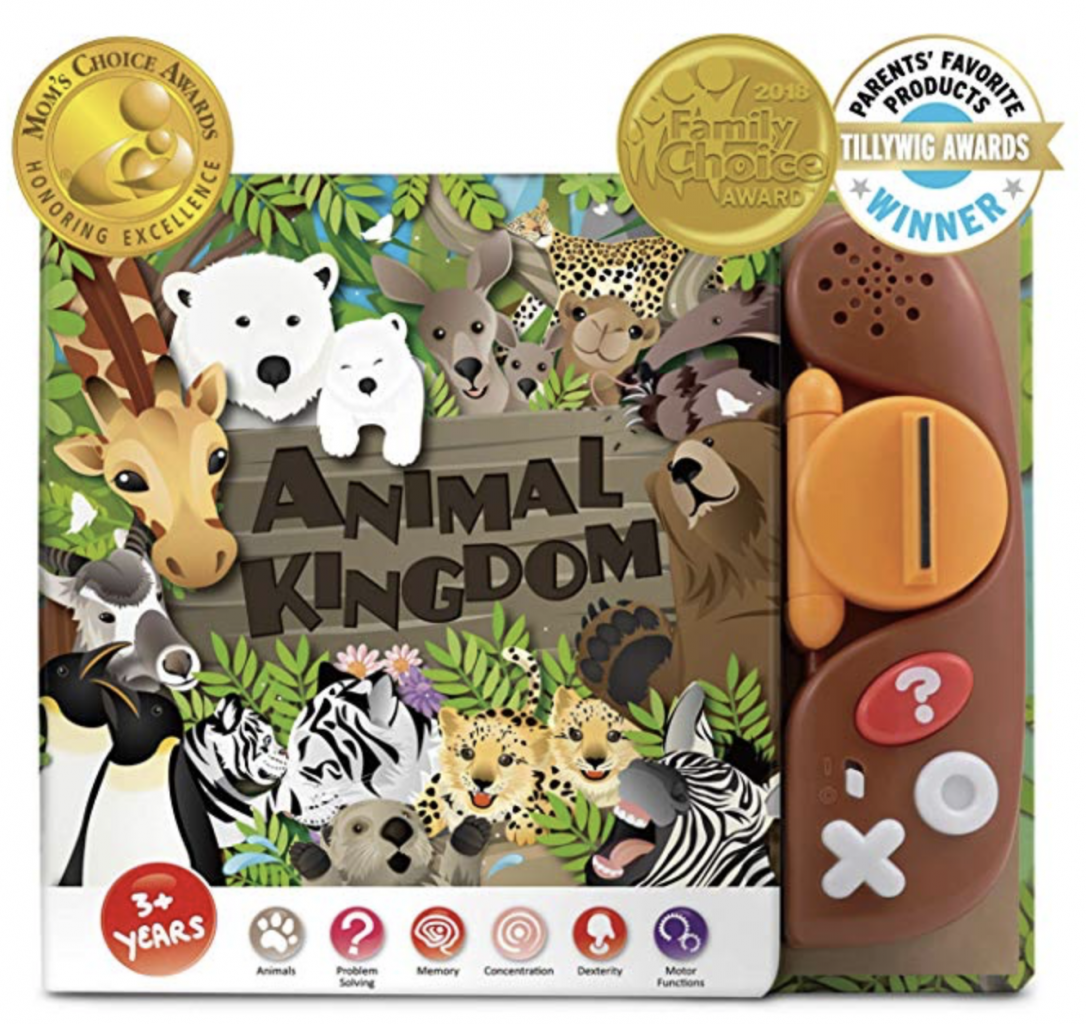 5. Interactive Books
5. Interactive Books
Why: Books are a great learning tool because they can teach so much. Interactive books, whether they make sounds or want the reader to guess what comes next help to further engage the child. One of our favorites is Press Here!
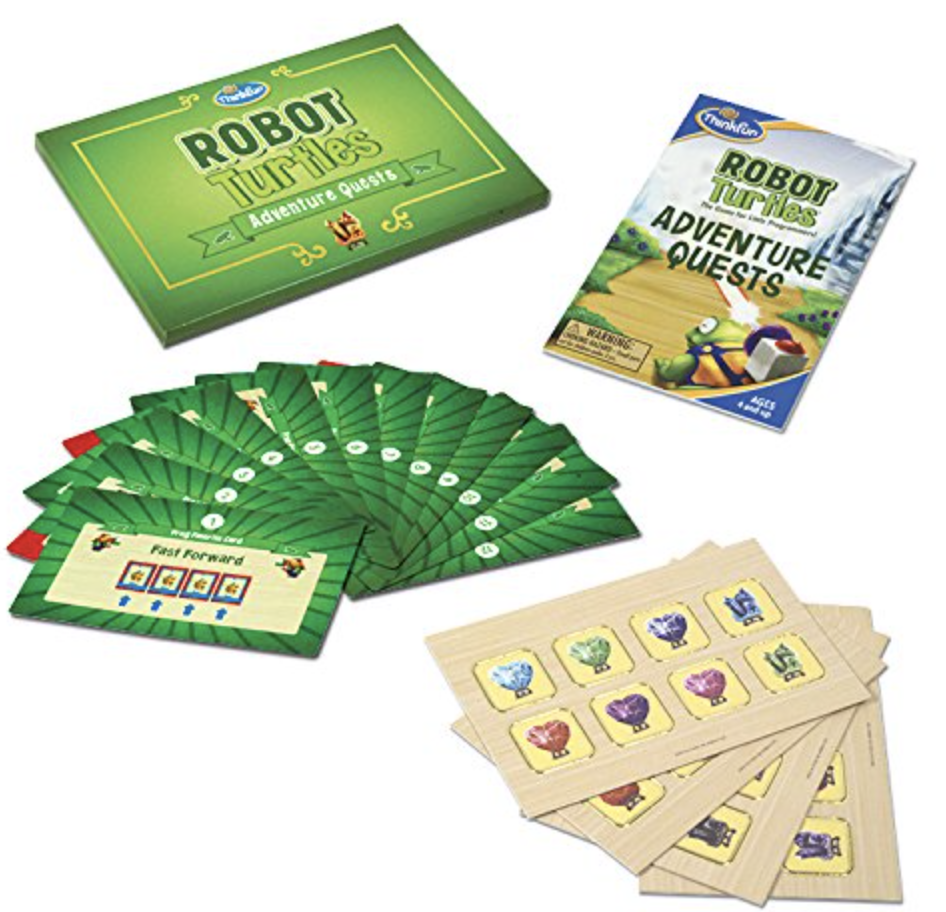 6. Think Fun Robot Turtles
6. Think Fun Robot Turtles
Why: Created by a software entrepreneur to introduce children to the concept of computer programming, this game teaches problem-solving and examines cause and effect. Ages 4 to 8
 7. Shape sorting games like Melissa & Doug Shape Sorting
7. Shape sorting games like Melissa & Doug Shape Sorting Set.
Why: Shape sorting games help teach children to visually discriminate shapes, colors, numbers, pictures, or whatever the individual game uses. It also provides opportunities for problem solving. For something a little more challenging try a Bead Sequencing Set like below.
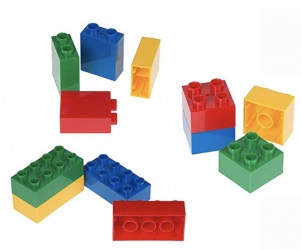
8. DUPLO Blocks
Why: Good old-fashioned Duplo blocks have been around for a while for a reason. Like its big brother Lego, these oversized connecting bricks inspire creative thinking, problem solving, spatial reasoning and can keep kids engaged for a extended periods of time.
 9. ThinkFun Laser Maze Game
9. ThinkFun Laser Maze Game
Why: Children will learn STEM skills (science, engineering and math) as they learn to make and direct lasers. It comes with 60 challenges of increasing difficulty. This one is best for children ages 5-9.
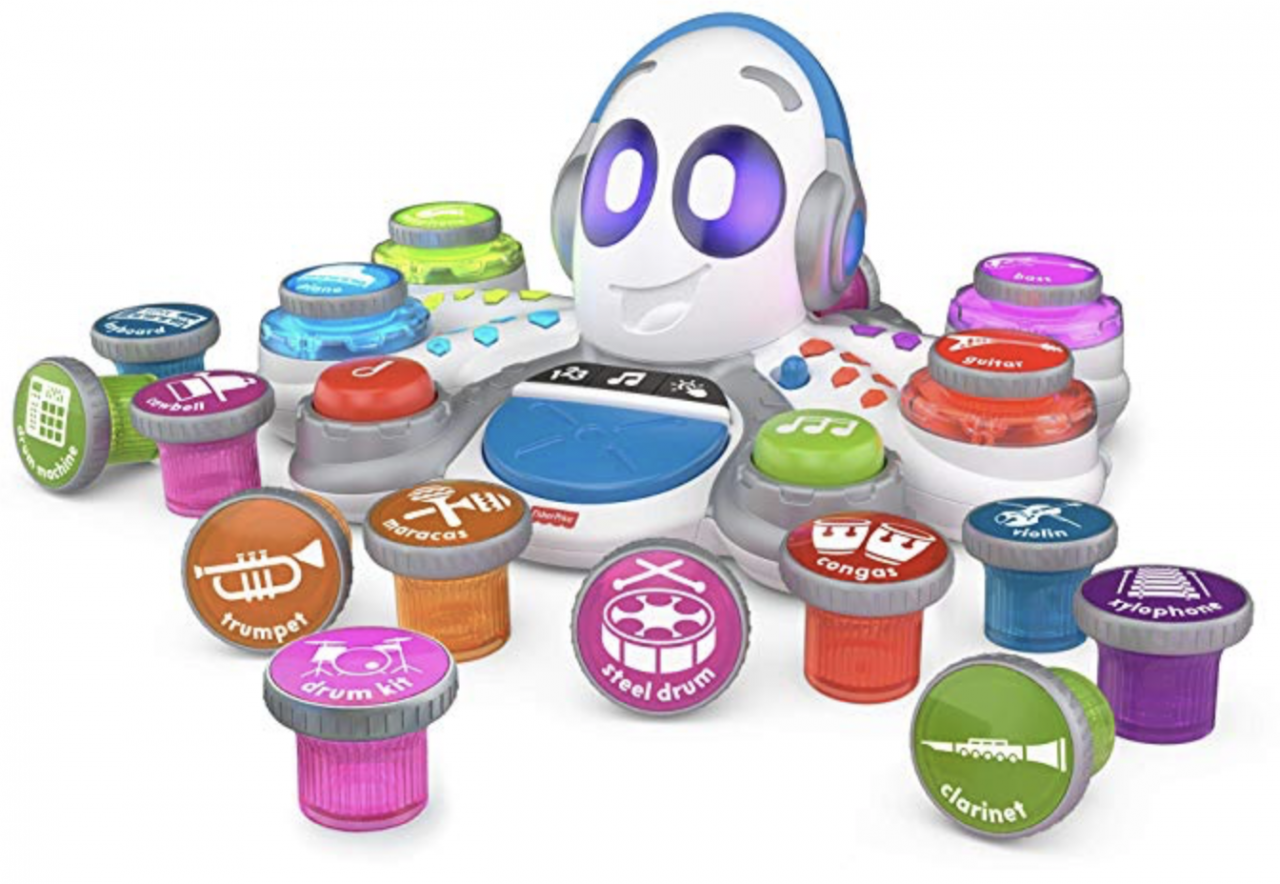 10. Fisher Price Think & Learn Rocktopus
10. Fisher Price Think & Learn Rocktopus
Why: Rocktopus encourages children to explore and learn different musical instruments, music styles and rhythms. They can create musical patterns which are beneficial for math and help develop their attention skills. It also has a separate math mode where preschoolers can practice adding, subtracting, and patterning skills.
Tired of Red and Green??
Color Expert Hope Fallin Offers Tips on Your Holiday Palette

GIFTS THAT GIVE BACK: 35+ Gifts That Feel Good to Give…& Receive
Get Unplugged This Winter: 25+ Games to Play
Our Staff’s Favorite Festive Cocktails
Tammy’s Creamy, Crunchy Nanaimo Bars





















